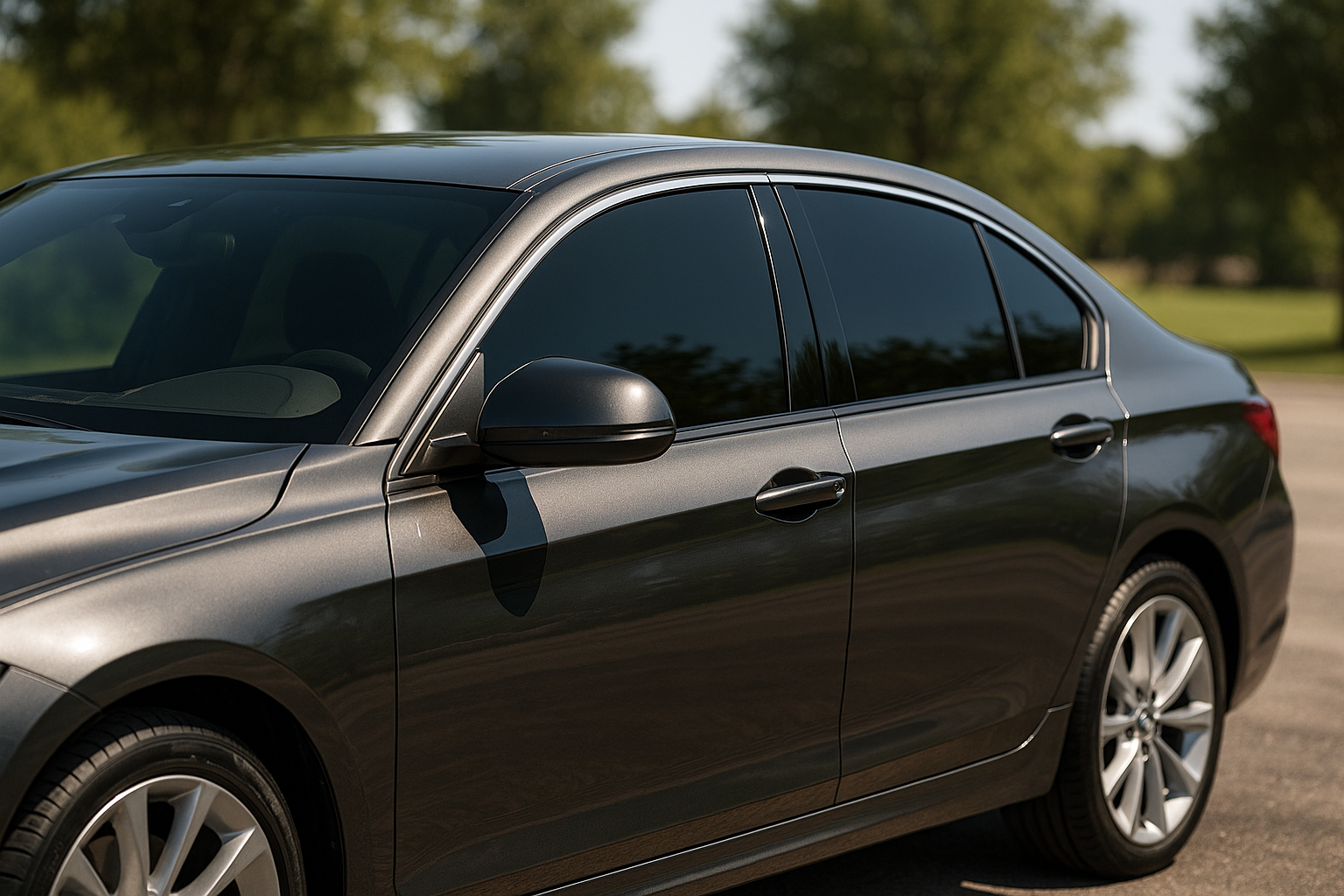Car Window Tinting Film for Style, Comfort, and Protection
Car window tinting film has become an essential part of modern automotive customization and protection. It is no longer just a decorative upgrade—it plays a key role in improving comfort, protecting interiors, and enhancing the driving experience. From everyday commuters to luxury vehicles, car owners around the world rely on tinting films to achieve both practical benefits and aesthetic appeal.
What Is Car Window Tinting Film?
Car window tinting film is a thin, multi-layered material applied to the interior surface of vehicle windows. It is typically made from polyester and coated with different treatments such as dyes, metals, or ceramic particles. The purpose of the film is to control light transmission, block harmful ultraviolet rays, reduce heat, and provide privacy while maintaining clear visibility for safe driving.
These films are available in various shades and performance levels, allowing drivers to choose the right balance between visibility and protection. High-quality films are designed to resist fading, bubbling, and peeling, ensuring long-term durability even under continuous sunlight exposure.
Key Benefits of Car Window Tinting Film
1. Heat Reduction
One of the primary functions of window tinting film is its ability to block solar heat. Ceramic and metallic films can significantly reduce the amount of infrared heat entering the vehicle, keeping the interior cooler and reducing reliance on air conditioning.
2. UV Protection
Tinting films block up to 99% of harmful ultraviolet rays. This protects passengers from skin damage and prevents fading or cracking of interior materials such as leather seats, dashboards, and trims.
3. Glare Control
Excessive glare from sunlight or headlights can strain the eyes and reduce visibility. Window films minimize glare, ensuring safer and more comfortable driving conditions both during the day and at night.
4. Enhanced Privacy and Security
Darker films provide privacy by limiting the view from outside while maintaining visibility from inside the car. In addition, the film helps hold shattered glass together in the event of an accident, adding an extra layer of safety.
5. Improved Aesthetics
Tinted windows add a sleek, refined look to any vehicle. With a variety of shades available, drivers can customize the appearance to match personal style preferences.

Types of Car Window Tinting Films
Dyed Film – An affordable option that provides privacy and basic heat reduction, though it may fade over time.
Metalized Film – Uses metallic layers to reflect heat and improve strength, but may interfere with electronic signals.
Carbon Film – Offers strong UV and heat rejection with a stylish matte finish and no signal interference.
Ceramic Film – The most advanced type, offering superior heat rejection, UV protection, and clarity without affecting visibility or signals.
Applications in Different Environments
Urban Driving – Helps manage heat buildup during traffic and reduces glare from city lights.
Long-Distance Travel – Keeps passengers comfortable during extended drives by reducing heat and eye strain.
Luxury and Performance Cars – Enhances the overall aesthetic appeal and protects premium interiors.
Commercial Vehicles – Provides privacy for passengers or goods while improving comfort for drivers.
Installation Considerations
Proper installation is essential for achieving the full benefits of car window tinting film. The process involves cleaning the glass surface thoroughly, cutting the film to fit, and applying it with precision to avoid bubbles and creases. Professional installers use specialized tools to ensure a seamless finish.
While some car owners attempt DIY installations, professional services are recommended for high-quality films, as they ensure correct application and may include warranties for durability.
Maintenance and Longevity
Maintaining tinted windows is simple but requires proper care:
- Cleaning – Use soft cloths and non-ammonia cleaners to avoid damaging the film.
- Avoid Sharp Objects – Scratches can compromise the film’s performance.
- Curing Time – Newly installed films require several days to dry completely; during this period, windows should not be rolled down.
- Inspection – Check periodically for signs of peeling or bubbling, which may indicate replacement is needed.
High-quality films, especially ceramic and carbon types, can last more than a decade if maintained properly.
Why Car Window Tinting Film Is a Smart Investment
Car window tinting film is more than an aesthetic choice—it delivers practical benefits that enhance safety, comfort, and vehicle value. By blocking heat, protecting against UV rays, reducing glare, and providing privacy, window films improve the driving experience in every climate and condition.
Conclusion
Car window tinting film represents a blend of functionality and style. It shields passengers from harmful rays, protects interior materials, and provides greater comfort on the road, all while giving the vehicle a sophisticated appearance. With options ranging from simple dyed films to advanced ceramic technologies, every driver can find a solution that meets personal preferences and practical requirements.
As demand for comfort, safety, and customization continues to grow, car window tinting film remains one of the most valuable enhancements available for modern vehicles.

 English
English русский
русский Español
Español عربى
عربى

